The Realistic Guide to Pet-Proofing Your Home (Without Losing Your Mind)
After years of working in animal rescue and busy vet clinics, I’ve seen the same gut-wrenching accidents play out more times than I can count. A curious puppy with severe electrical burns from chewing a lamp cord. A beloved cat in sudden kidney failure after nibbling on a beautiful bouquet of lilies. It’s absolutely heartbreaking, and it’s never about a lack of love. It’s because we see our homes through our own eyes, not through the curious, instinct-driven perspective of our pets.
In this article
So, let’s talk about pet-proofing. This isn’t about turning your house into a sterile, joyless box. It’s about getting smart and seeing the world from their level—understanding their instincts so you can get ahead of the hidden dangers they simply can’t recognize. My goal is to give you the real-world, practical advice I share with new adopters, showing you how a pro assesses a room for risk. We’ll go way beyond the obvious stuff.
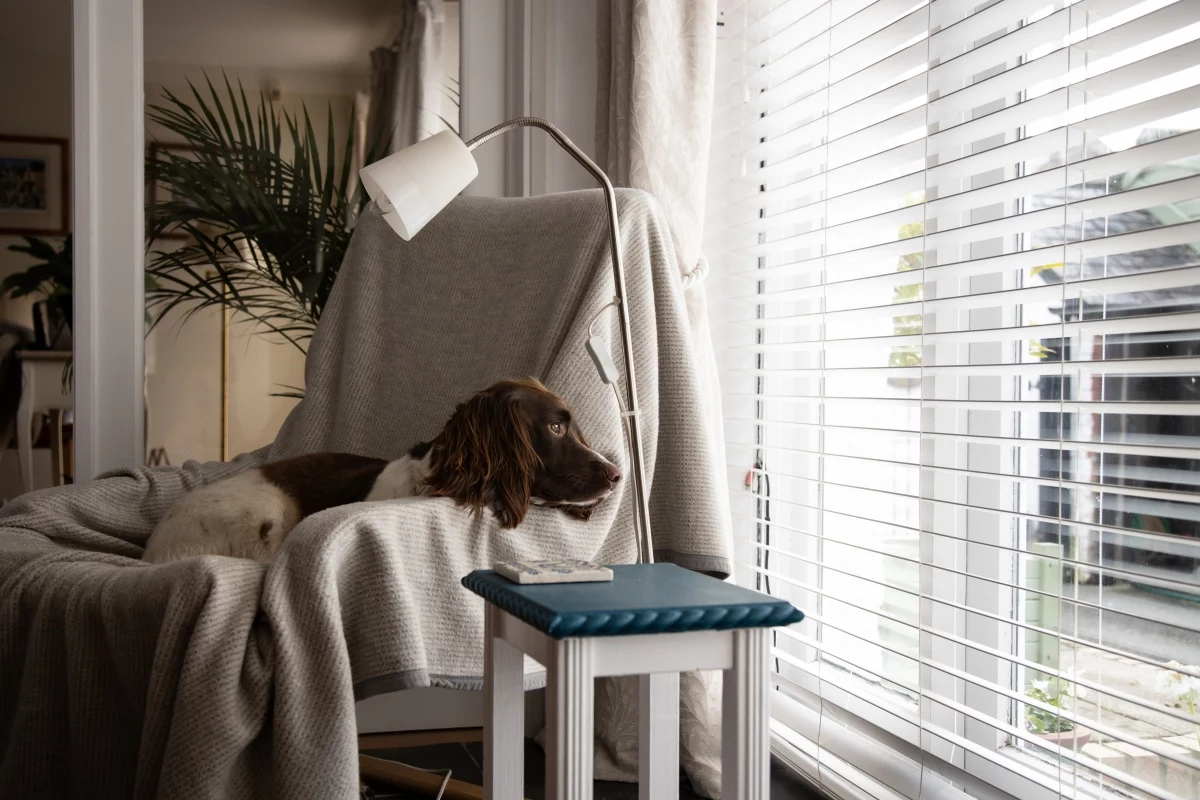
First, Let’s Get Inside Their Heads
Before you start unplugging lamps or moving furniture, you’ve got to understand the “why” behind your pet’s behavior. Animals run on instinct. They have no concept that the sweet-smelling puddle on the garage floor is deadly antifreeze; they just know it smells interesting. Getting this perspective is the first step to making your home truly safe.
The World of Smells and Tastes
A dog’s number one sense is smell, and it leads them into all sorts of trouble. That leftover chicken bone in the trash doesn’t register as a choking hazard—it smells like a five-star meal. The same goes for chemicals. Antifreeze, for example, contains ethylene glycol, which is notoriously sweet and appealing. I once treated a beautiful golden retriever who lapped up a tiny spill. The kidney damage was swift and devastating. It’s a stark reminder that securing your trash and chemicals isn’t just about being tidy; it’s about managing powerful temptations.
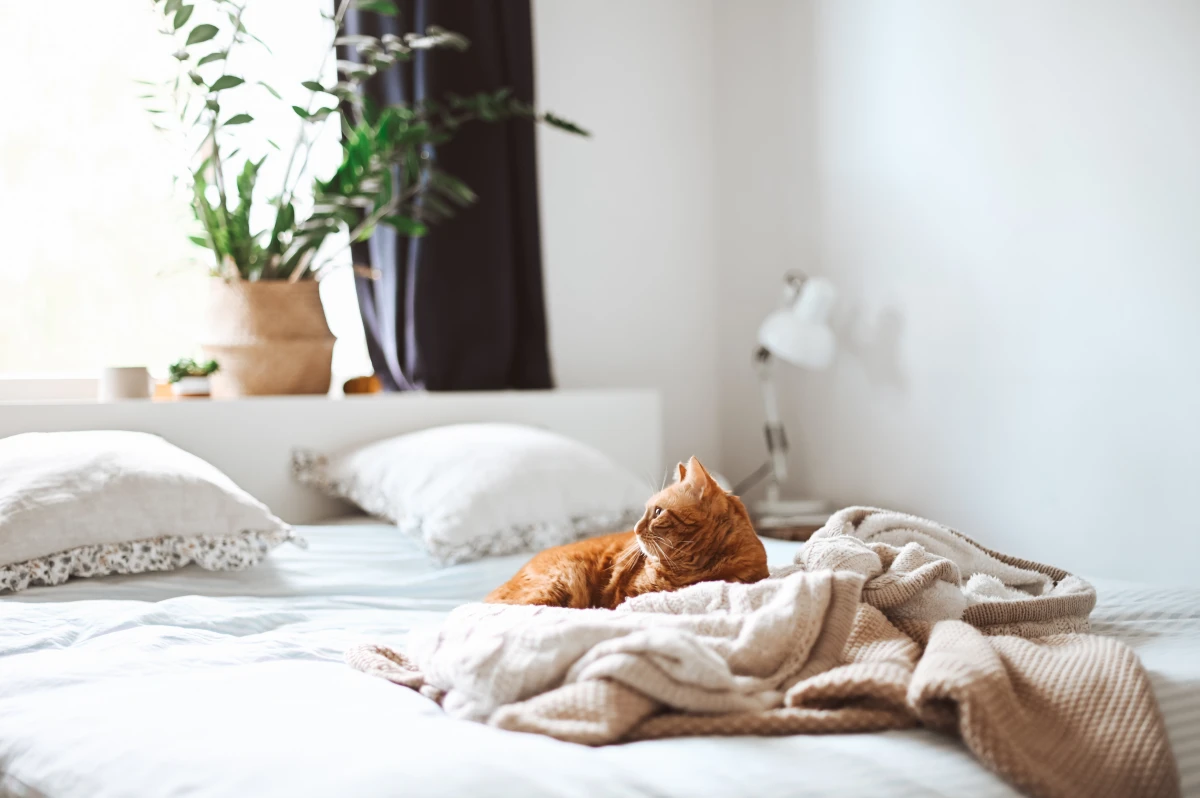
The Need to Chew
For puppies and kittens, chewing is a non-negotiable part of growing up. It’s how their teeth settle in and how they explore the world. An electrical cord doesn’t feel like a threat; to them, it’s just a wonderfully firm chew stick. The problem is, their little teeth can easily puncture the plastic coating and hit live wires. But this instinct doesn’t magically disappear after teething. Adult animals often chew out of boredom or anxiety, so it’s a lifelong consideration.
The Drive to Climb and Explore
Cats are born climbers. It’s a deep-seated instinct to seek high vantage points for safety and a bit of snooping. To your cat, a bookshelf or kitchen counter is just a fun mountain to be conquered. The danger, of course, is what’s waiting at the summit: a hot stove, a block of sharp knives, or a fragile vase. The pro approach here isn’t to stop the climbing (good luck with that!), but to redirect it. We’ll get into providing safe, approved climbing spaces that satisfy this need.
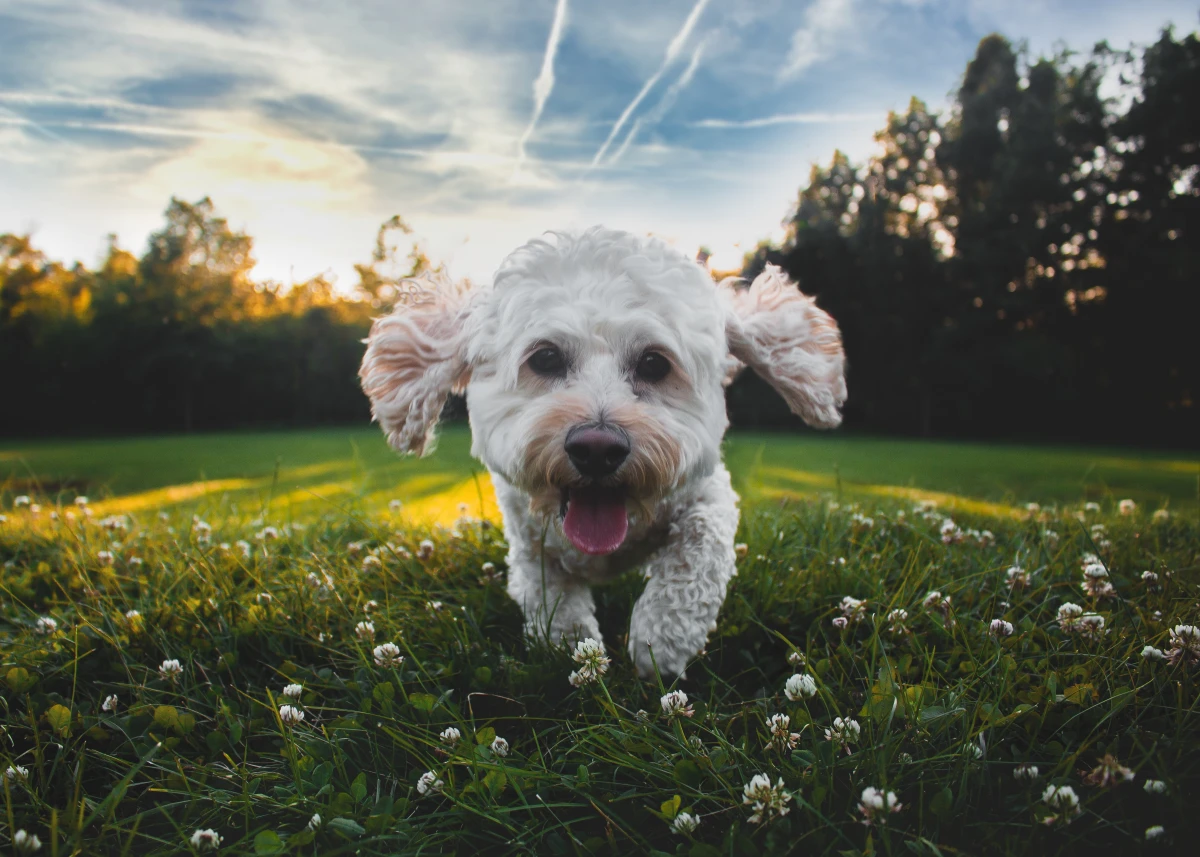
Your Room-by-Room Safety Checklist
The best way to tackle this is to go room by room. And I mean it: get on your hands and knees. See your home from your pet’s point of view. You will be shocked by the hazards you suddenly notice. A thorough proofing session for one room, like a kitchen, can take a couple of hours, so put on some music and get started.
The Kitchen: A Minefield of Smells
Honestly, the kitchen is often ground zero for pet emergencies. It’s a tempting buffet of smells, chemicals, and hot surfaces.
Heads up! Common Food Dangers:
So many human foods are toxic to pets, so you’ve got to be vigilant. The ones I’ve seen cause the most trouble are:
- Xylitol: This artificial sweetener is a huge one. It’s in sugar-free gum, some peanut butters, candy, and baked goods. It’s incredibly dangerous for dogs, causing a life-threatening drop in blood sugar and liver failure. One piece of gum can be enough to poison a small dog.
- Onions & Garlic: These damage a pet’s red blood cells and cause anemia. It can build up over time, so even small amounts are a no-go.
- Grapes & Raisins: These can cause sudden, acute kidney failure in dogs. We still don’t know why, which makes them even scarier.
- Chocolate & Caffeine: They contain stimulants that can cause everything from vomiting to seizures. The darker the chocolate, the more dangerous it is.
- Raw Bread Dough: If eaten, the dough can expand in the warm, moist stomach, causing a severe and painful bloating that is a true surgical emergency. The yeast also produces alcohol as it ferments, leading to alcohol poisoning.
Smart Kitchen Solutions:
To keep pets out of trouble, you need to secure cabinets and the trash. For low cabinets, I always recommend magnetic locks. They require a special key to open, making them nearly impossible for a pet to get past. They cost a bit more, maybe $20-$30 for a pack, but they’re worth it. Simple plastic latches are cheaper but, to be frank, I’ve seen determined terriers and clever cats pop them open in minutes. For renters, adhesive strap locks are a good middle-ground option.
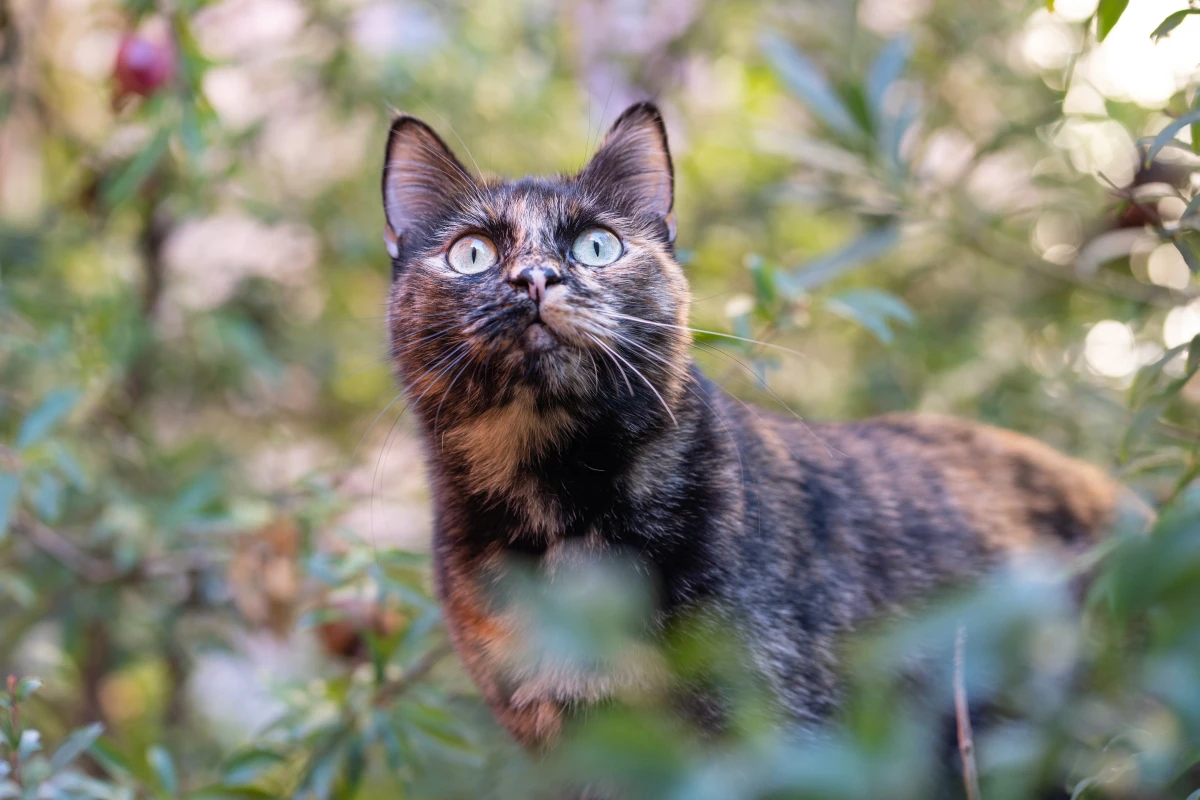
And your trash can? Invest in a good one with a heavy, locking lid. A simple step-on can is no match for a medium-sized dog. Expect to spend between $50 and $100 for a solid, pet-proof model.
The Living Area: Cords, Plants, and Other Temptations
This is where you relax, but it’s full of hidden risks.
Electrical and Choking Hazards:
Take a look behind your TV stand. It’s a jungle of wires, right? These are prime chew toys. The best fix is to bundle them up. You can use split loom tubing (that flexible corrugated plastic pipe) or a hard plastic cord channel that sticks right to the wall. Both are cheap, usually under $20 at a hardware store, and make the area look much cleaner. Also, do a quick scan for small items like remote control battery covers, buttons, or kids’ toy pieces that could be choking hazards.
Houseplant Roulette:
Many popular houseplants are extremely toxic. The big one for cat owners: ALL parts of any lily plant are deadly, causing irreversible kidney failure. Sago palms, dieffenbachia (also called dumb cane), and philodendrons are also big offenders. Your best bet is to check every single plant against the toxic plant database from a major animal welfare organization—a quick online search will get you there.
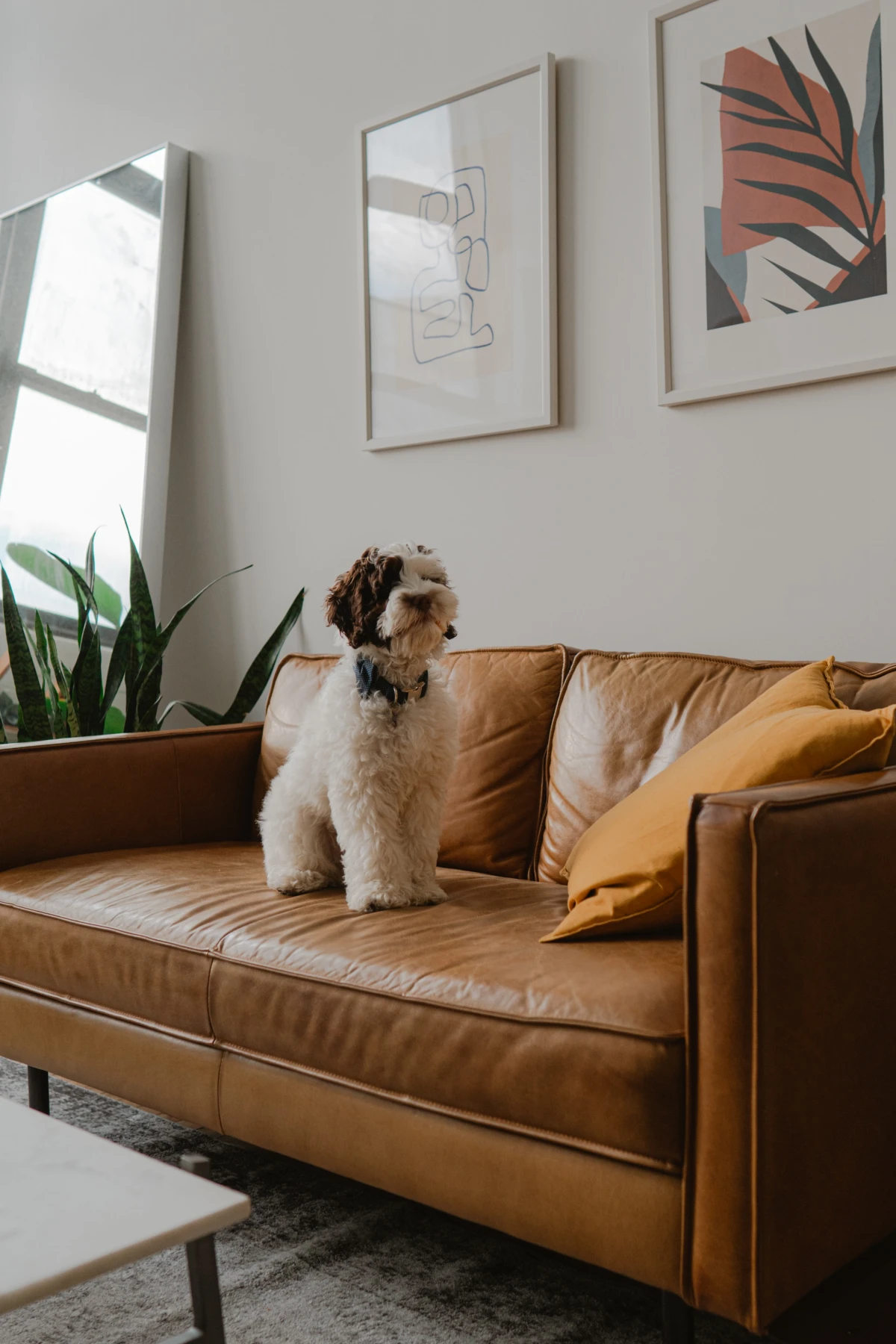
But that doesn’t mean you have to live in a plant-free home! Here are some great, safe swaps:
- Instead of toxic Lilies, try a gorgeous (and cat-safe) Orchid or Boston Fern.
- Ditch the dangerous Sago Palm for a lush, elegant Parlor Palm.
- Swap out a poisonous Dieffenbachia for a nearly indestructible (and totally safe) Spider Plant.
The Bathroom: Small Room, Big Dangers
The bathroom is a pharmacy of potential poisons. A client of mine once dropped an ibuprofen, and her dog snatched it up before she could react. One pill caused painful stomach ulcers. It’s a lesson in how fast things can go wrong.
Your 5-Minute Safety Win Today: Go to your bathroom right now. Take all the pill bottles—prescriptions, vitamins, pain relievers—off the counter and put them inside a securely latched medicine cabinet or a high-up drawer. Done. You just eliminated one of the biggest risks in your whole house.
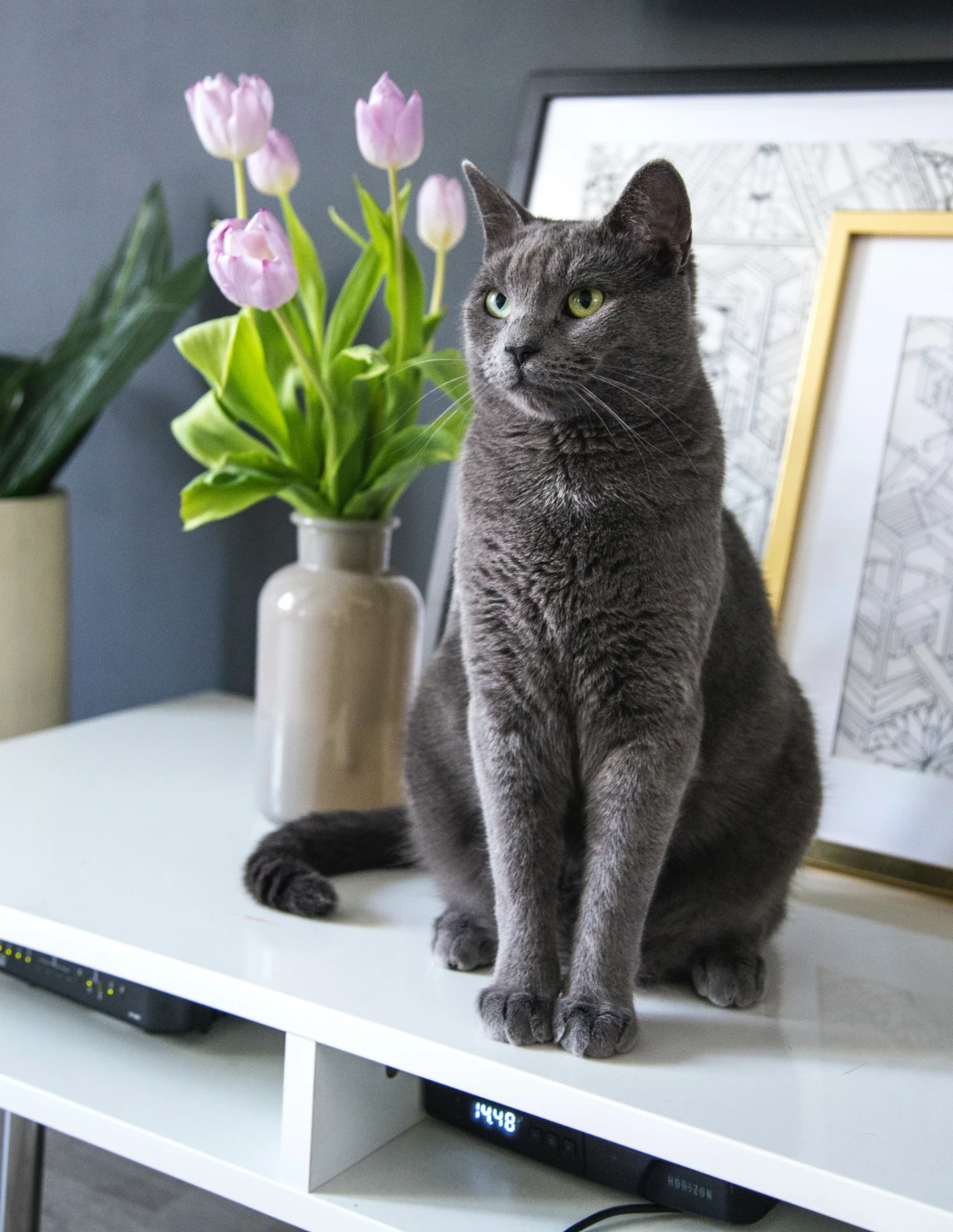
And a couple more tips: always keep the toilet lid down to prevent pets from drinking chemically treated water. Store all cleaning supplies in a high, locked cabinet, and make sure the room is well-ventilated when you clean, as the fumes can irritate a pet’s respiratory system.
Securing Your Yard and Garden
The great outdoors should be a blast for your pet, but it requires just as much vigilance as the inside of your home.
A Fence You Can Trust
A good fence is your first line of defense. For most medium-to-large dogs, a six-foot fence is the gold standard. A pro-installed six-foot vinyl fence can be a major investment, often running from $3,000 to $7,000 or more, depending on your yard size. But you have other options. For a dog that digs, a DIY fix is to bury chicken wire at the base of your existing fence, extending it a foot down and a foot out in an L-shape. It’s a weekend project that costs under $50 in materials and works wonders.
For a climber, you can look into things like “coyote rollers”—spinning tubes that install at the top of a fence and prevent an animal from getting a foothold. They’re a more advanced solution but can be a lifesaver for a true escape artist.
Garden Dangers
Just like with houseplants, many popular garden plants are toxic. The big ones to avoid are Rhododendrons, Azaleas, Oleander, and Foxglove. Tulip and Hyacinth bulbs are also toxic if a dog digs them up. When in doubt, take a picture of a plant and use an identification app. If you can’t ID it, assume it’s dangerous and remove it. When planting a new garden, choose pet-safe beauties like Sunflowers, Snapdragons, and Zinnias.
Oh yeah, and watch out for chemicals. Store all pesticides and fertilizers in a locked shed. Be especially careful with slug and snail baits containing metaldehyde—they are extremely toxic. Cocoa bean mulch is also a hazard; it smells sweet but contains the same compound as chocolate that’s dangerous for dogs. And if you have a compost pile, make sure it’s in a fully enclosed, pet-proof bin. The mold that grows in decaying matter can cause severe tremors and seizures.
Training: The Final, Crucial Layer of Safety
Proofing your home is the passive layer of safety. Training is the active layer. The two have to work together. A few essential commands can literally save your pet’s life.
The ‘Leave It’ Command is Non-Negotiable
This tells your pet to ignore something—a dropped pill, a piece of trash on the sidewalk. It’s your emergency brake. Here’s how you can start teaching it in just a few minutes a day:
- Put a boring, low-value treat (like a piece of their kibble) in your closed fist. Let your dog sniff and lick your hand. Say “Leave it” in a calm, firm voice.
- The split second they pull their head away, even for a moment, praise them enthusiastically (“Yes!”) and give them a much better, high-value treat from your other hand.
- Repeat, repeat, repeat. The key is they NEVER get the treat from the “leave it” hand. They learn that ignoring something leads to something even better.
A solid recall (“Come!”) and “Drop It” are also critical. For these, especially if you’re struggling, I strongly recommend working with a certified professional trainer. Group classes often start around $150-$250 for a multi-week course and are worth every penny.
What to Do in an Emergency: The First 60 Seconds
Even with the best prep, accidents can happen. Be ready. Post these numbers on your fridge: your vet, a 24-hour emergency clinic, and an animal poison control center.
If you suspect your pet has ingested something toxic, here’s your immediate action plan:
- Secure Your Pet: Get them away from the source of the poison immediately.
- Gather Evidence: If you can, safely grab the packaging, a piece of the plant, or whatever it was they ate. This is critical for the experts.
- Call for Help: Call your emergency vet or a poison control hotline right away. And a huge heads-up: DO NOT try to induce vomiting unless you are specifically told to do so by a veterinary professional! It can make some situations much worse.
Two excellent 24/7 resources are the Pet Poison Helpline (855-764-7661) and the ASPCA Animal Poison Control Center (888-426-4435). They typically have a consultation fee (around $75-$95), and believe me, it is the best money you will ever spend in a crisis. The peace of mind you get from knowing you’ve created a safe harbor for your furry family member is priceless. It’s the most important promise we make when we bring them into our lives.
Inspirational Gallery
The overlooked danger zone: Your handbag or backpack. It’s a treasure trove of hazards. Sugar-free gum containing xylitol can be fatal to dogs, even in small amounts. A stray painkiller (like Tylenol or Advil) can cause kidney or liver failure. Even a small tube of hand sanitizer contains a high concentration of alcohol. The lesson? Treat bags left on the floor with the same caution as an open pantry.
According to the Pet Poison Helpline, nearly 50% of all calls they receive are related to pets ingesting human medications.
Is your trash can a fortress? For a determined dog, a simple flip-top lid is just a fun puzzle. To truly secure your kitchen waste, consider these upgrades:
- Locking Lids: Many modern cans, like those from simplehuman, have a slide lock that’s easy for humans but tricky for paws and noses.
- In-Cabinet Pull-Outs: The best solution is often to hide the temptation completely within a cabinet.
- Motion-Sensor Cans: While high-tech, they can sometimes be triggered by a curious pet, so test with caution.
Are “pet-safe” plants truly risk-free?
Not entirely. While plants on the ASPCA’s non-toxic list won’t poison your pet, they aren’t meant to be eaten. A cat or dog nibbling on a Spider Plant or a Boston Fern might still experience mild stomach upset or vomiting because their digestive systems aren’t designed to handle large amounts of plant fiber. The “pet-safe” label means it won’t cause a systemic toxic reaction, but it’s still best to keep plants out of reach to avoid gastrointestinal discomfort.
- Protects your furniture from being shredded.
- Prevents dangerous ingestion of splinters, fabrics, or plastics.
- Keeps your pet mentally stimulated and reduces anxiety.
The secret? A robust toy rotation system. Don’t leave all the toys out at once. Keep a stash of exciting, durable chew toys (like a KONG Extreme or a Benebone) and swap them out every few days. This keeps them novel and more appealing than your chair legs.
The U.S. Consumer Product Safety Commission identifies corded window coverings as one of the top five hidden hazards in American homes for children and pets.
That dangling cord from your blinds is a serious strangulation risk. The fix is simple and can be done in minutes. You can install inexpensive cord cleats high on the wall to wrap the excess cord around, or use a cord winder. The safest long-term solution, however, is to switch to cordless blinds, which are now widely available and affordable.
Microfiber & Synthetic Weaves: These fabrics are champions of pet-friendly homes. The tight weave makes it difficult for claws to snag, and they are often treated with stain-resistant coatings. Fur is also easier to remove from their surface compared to textured materials like tweed.
Distressed or Full-Grain Leather: While seemingly a bad idea, high-quality leather is incredibly durable and easy to clean. Minor scratches from claws can often be buffed out or simply add to a rustic patina over time. Avoid bonded or faux leathers, which puncture and peel easily.
When it comes to flooring, think traction and cleanability. While beautiful, polished hardwood and some types of laminate can be like a slip-n-slide for pets, potentially leading to hip and joint issues. Consider Luxury Vinyl Plank (LVP). It’s waterproof, highly scratch-resistant, and offers better grip for paws. Plus, modern designs mimic wood or stone so convincingly you don’t have to sacrifice style for safety.
Don’t just pet-proof; create a pet-haven. Animals, especially anxious ones, thrive when they have a dedicated space that is theirs alone. This “zen den” becomes their go-to spot when they feel overwhelmed.
- Start with a comfortable, correctly-sized bed in a quiet corner of a main room so they don’t feel isolated.
- Ensure their favorite safe-chew toys are located there.
- Consider a crate with the door removed and a soft blanket inside to create a den-like sense of security.
For the most determined cord-chewers, bitter sprays are often not enough of a deterrent. A physical barrier is the only guaranteed solution. Instead of flimsy plastic covers, look for heavy-duty split-loom tubing at a hardware store. For a more aesthetic solution, brands like Alex Tech offer braided cable sleeves in various colors that bundle cords together and provide a tough, chew-resistant barrier.










